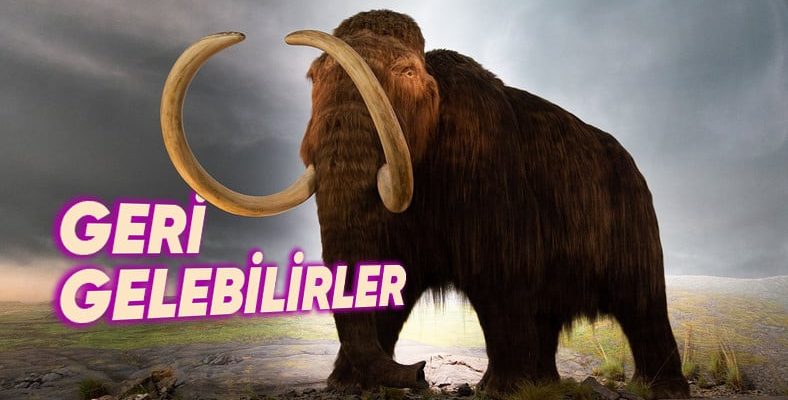Mammoths, engraved in our memories as gigantic animals of prehistory, are often depicted as symbols of the ancient world covered with glaciers. There are many unknown details about mammoth features, such as questions starting from whether the mammoth is the ancestor of elephants.
When it comes to mammoth, there is much more to it than the Ice Age movie. “Why did mammoths become extinct?” In our content, where you will find answers to questions such as, we will also look at the place of these animals in human history.
If you are ready, those who lived on earth centuries ago about mammoths Let’s step into our journey.
Interesting information about mammoths:
- Is the mammoth the ancestor of elephants?
- Mammoths didn’t just live in glaciers.
- They lived until 3,700 years ago.
- Early human societies developed complex hunting techniques to hunt mammoths.
- They ate 400 kilos of plants a day.
- Climate changes caused mammoths to become extinct.
- They deserve the word gigantic with their size.
- Mammoths adapted to cold environments with their unique physical characteristics.
- The first woolly mammoth skeleton dates back to 1799.
- Woolly mammoths may come back.
Is the mammoth the ancestor of elephants?
When we talk about mammoth features, we immediately think of huge, woolly, gigantic and mammoth features. an animal with a trunk we think. This thought brings to our mind the question of whether mammoths are the ancestors of elephants. “Is the mammoth the ancestor of elephants?” If you are wondering, let us satisfy your curiosity immediately.
According to research, woolly mammoths and elephants existed 6 million years ago. have a common ancestor that diverged into different species. Woolly mammoths had tusks like elephants, ate the same foods, and lived similarly. One of the minor differences between them is that mammoths’ ears are shorter than elephants, and the other is that their tusks are wider and more curved than elephants.
Mammoths didn’t just live in glaciers.
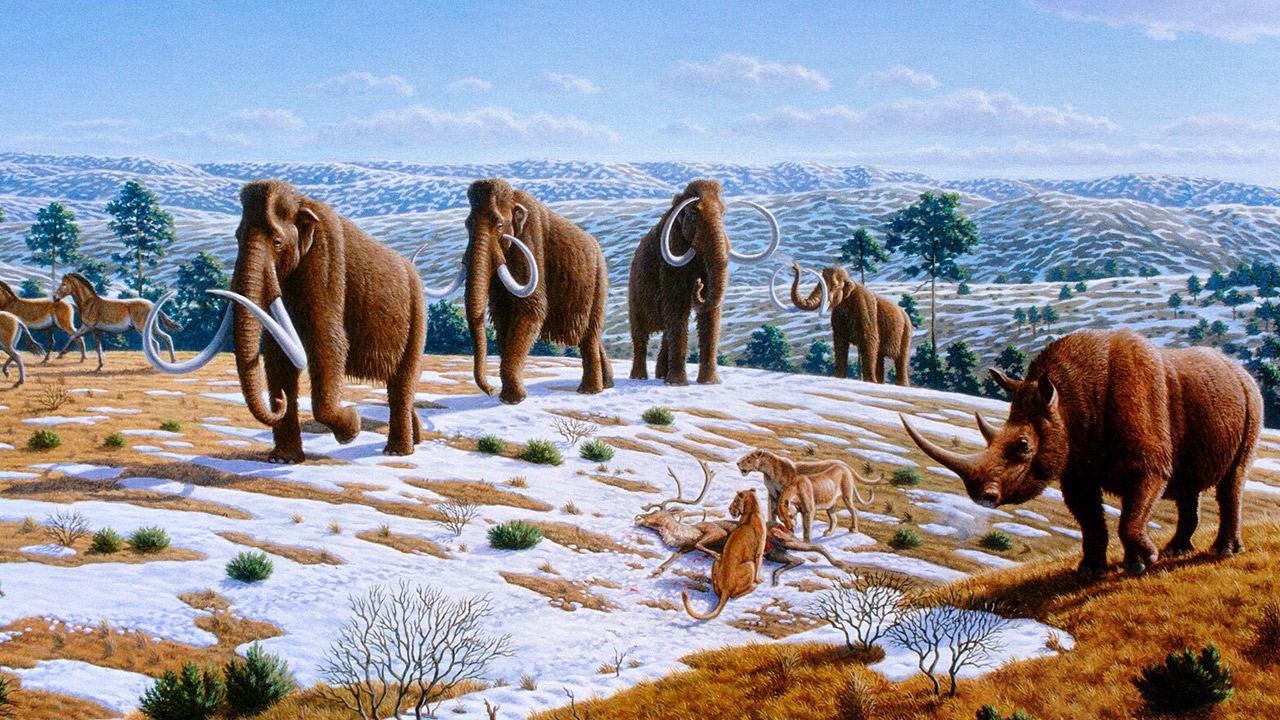
Mammoths are often associated with the Ice Age, but these gigantic creatures lived in many different parts of the world. From North America to Europe, From Asia to Africa Traces of it can be found in a wide geographical area.
It is also important for them to live for a long time in such a wide geography. “How many years does a mammoth live?” It requires an answer to the question. The average lifespan of mammoths is known to be 60-70 years.
They lived until 3,700 years ago.
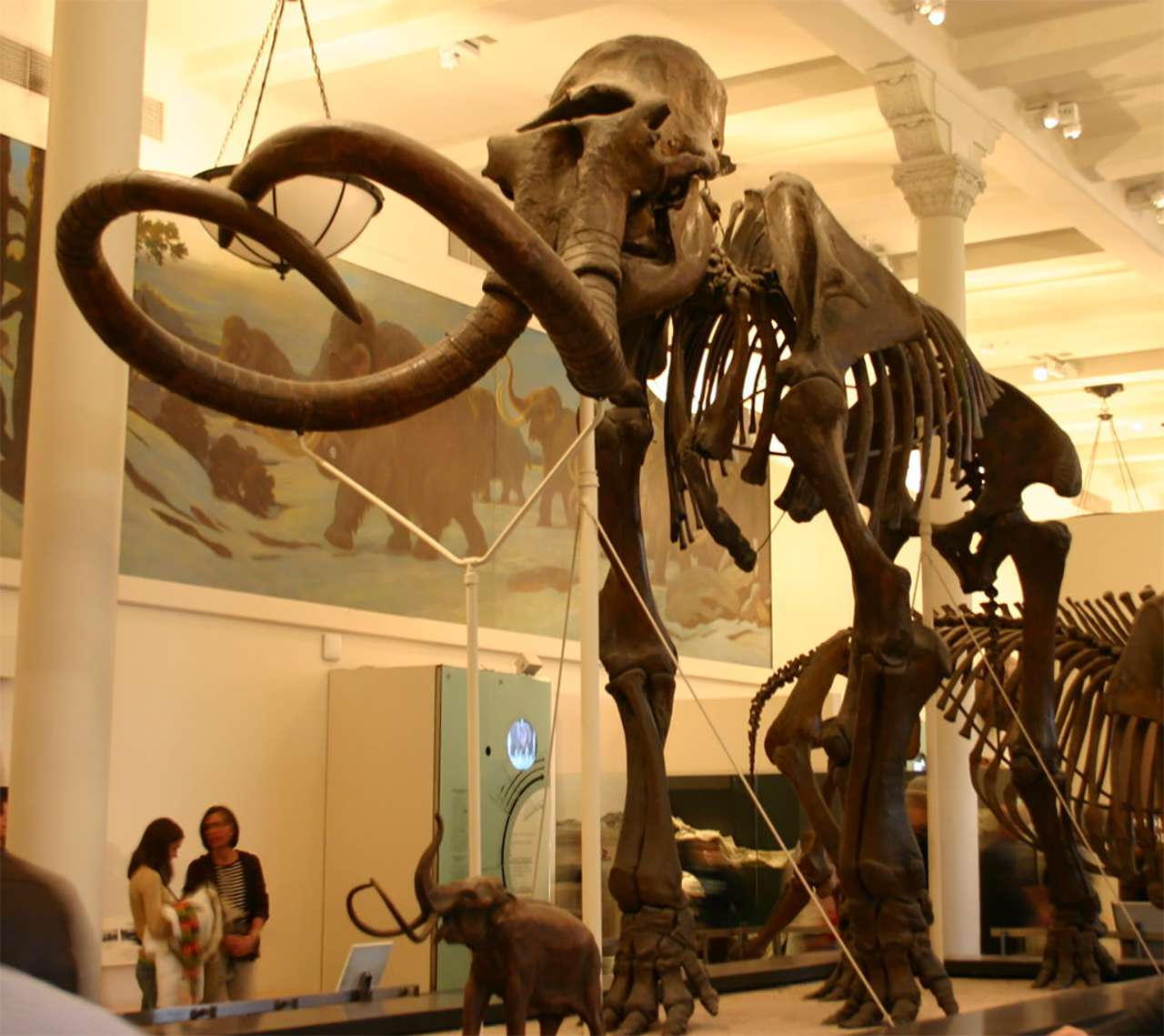
Although most mammoths became extinct around 11,000 years ago, a group of woolly mammoths managed to survive. End woolly mammothslived on Wrangel Island in the Arctic Ocean. These dates indicate approximately 3 thousand 700 years ago. ancient Egyptians building pyramids Even hundreds of years later, mammoths were alive.
Early human societies developed complex hunting techniques to hunt mammoths.
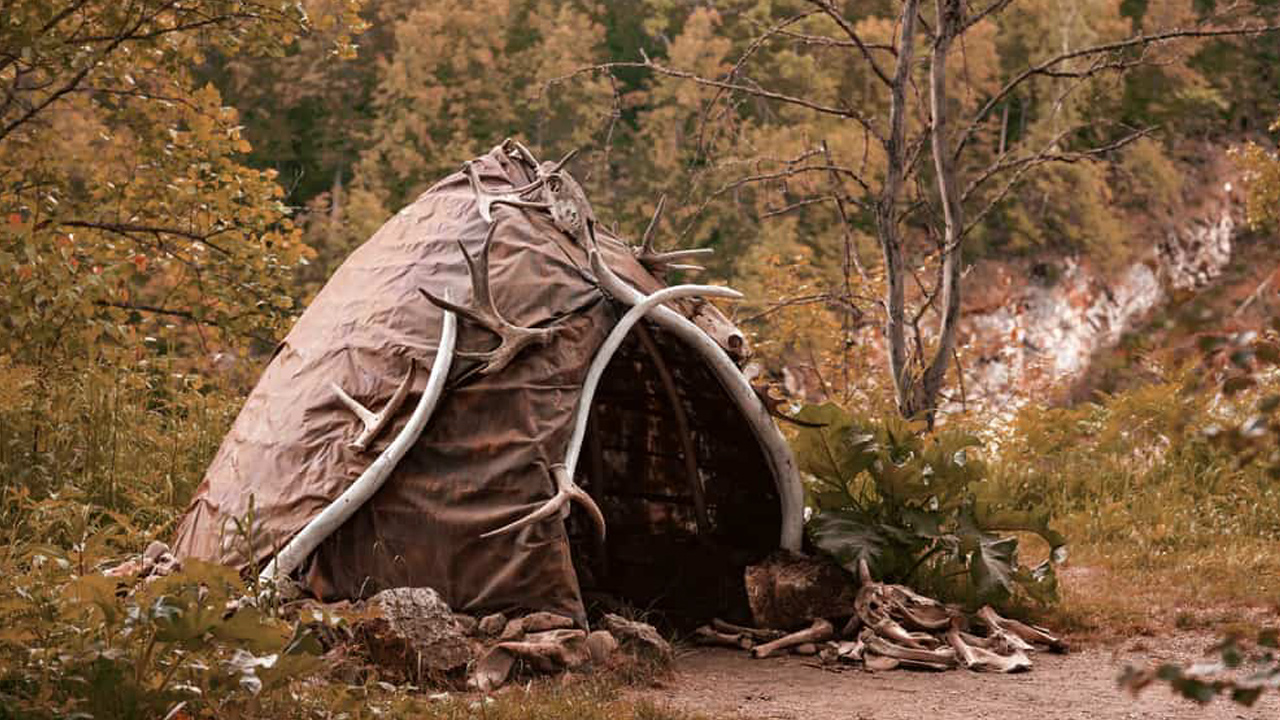
Mammoths and humans have had a complex and interactive relationship throughout history. Evidence that humans hunted mammoths has been found in archaeological excavations. mammoth bones and supported by works of art. These interactions shed light on both the history of mammoths and the history of humanity.
These giant animals were a valuable source of food, clothing and shelter for people of that period. Made from mammoth bones shelters and hunting equipment, Mammoths are among the important details in human life.
They ate 400 kilos of plants a day.
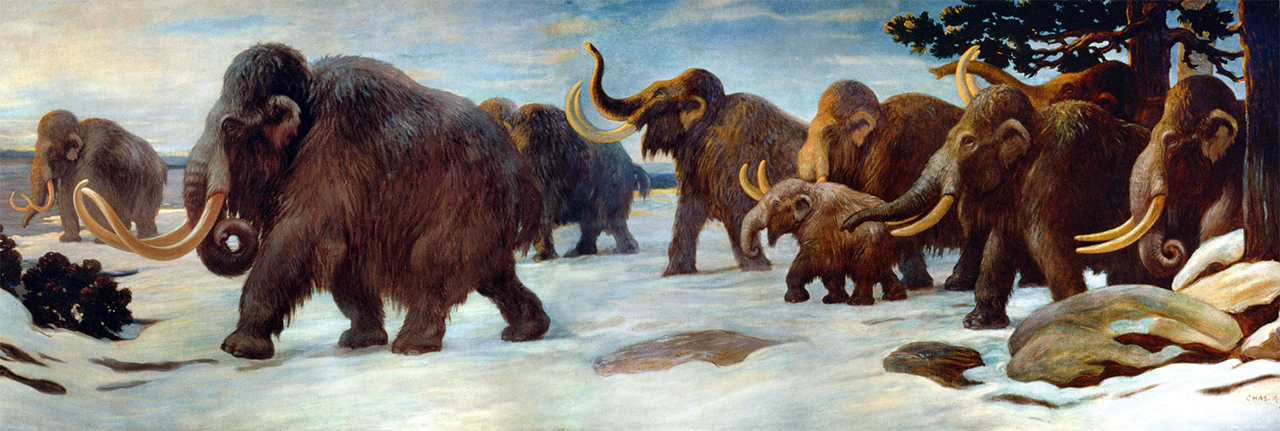
Mammoths are herbivorous; It was a species that ate shrubs, grasses, leaves, flowers and twigs. While some chose to feed on grass, others consumed the bark and leaves of trees such as willow, fir and alder. It is estimated that an adult mammoth eats approximately 400 kilos of grass per day.
Climate changes caused mammoths to become extinct.
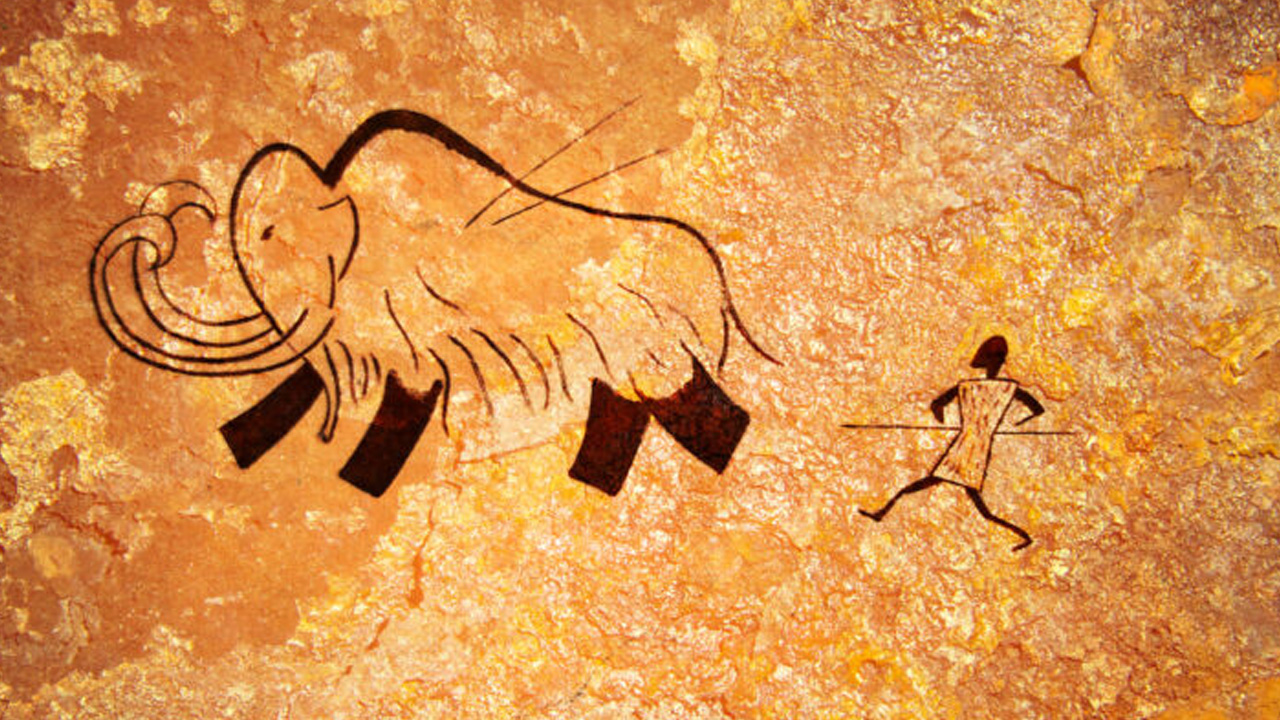
They existed 10 thousand years ago “Why did mammoths become extinct?” It also makes you think curiously about the question. Scientists put forward several different theories as to why these giant animals disappeared. These theories cover a wide range of topics, from climate changes to human hunting.
Often the primary cause climate change is shown. With the end of the Ice Age, the world’s climate warmed and the habitats of mammoths changed greatly. Cold, open tundra turned into forests and shrublands. This change also negatively affected the mammoths’ food sources and habitats.
human hunting It is also considered an important factor in the extinction of mammoths. Humans developed effective methods to hunt mammoths, placing great pressure on particularly small and isolated populations. Some studies suggest that humans played a significant role in the decline of mammoth populations.
They deserve the word gigantic with their size.
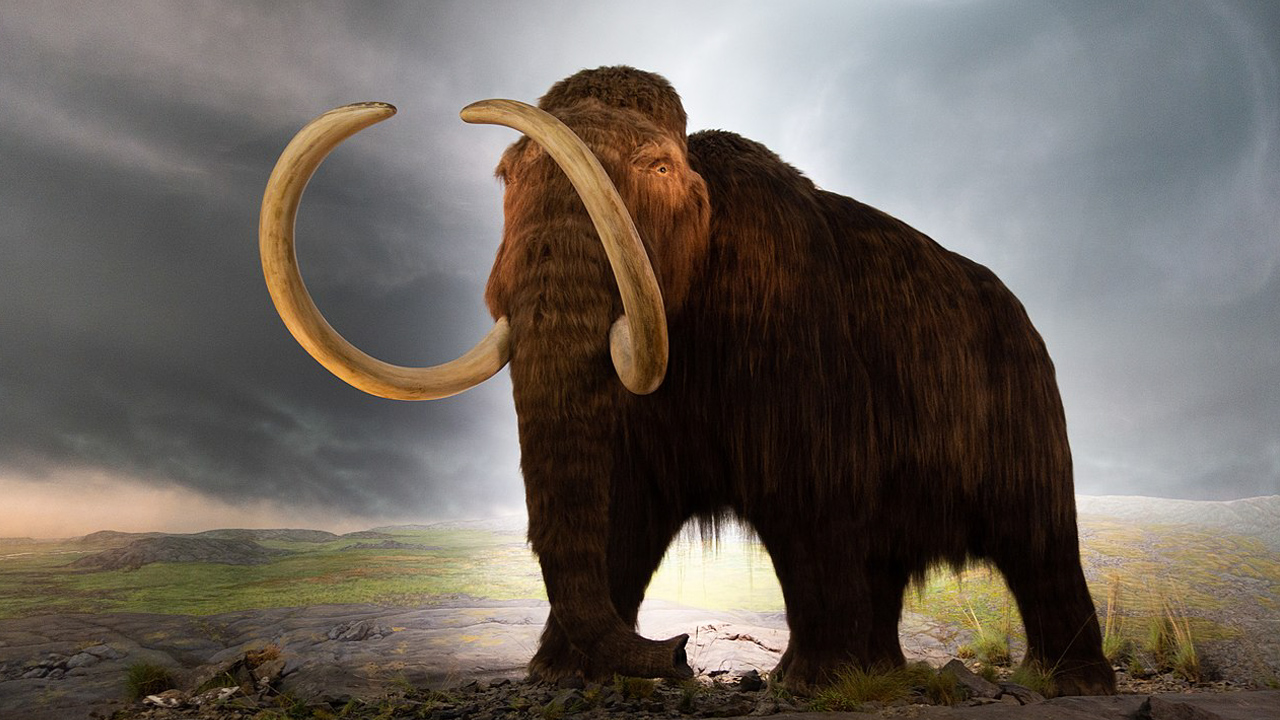
We call mammoths giants because mammoth heightsThey ranged from 2 to 3.5 meters in length and weighed approximately 5.4 to 13 tons. largest mammoth species The steppe mammoths weighed more than 8 tons and were approximately 4.5 meters tall. woolly mammoths It is known to be 2.5 meters long and weigh approximately 6 tons. This means almost the same size as an African elephant.
Mammoths adapted to cold environments with their unique physical features.
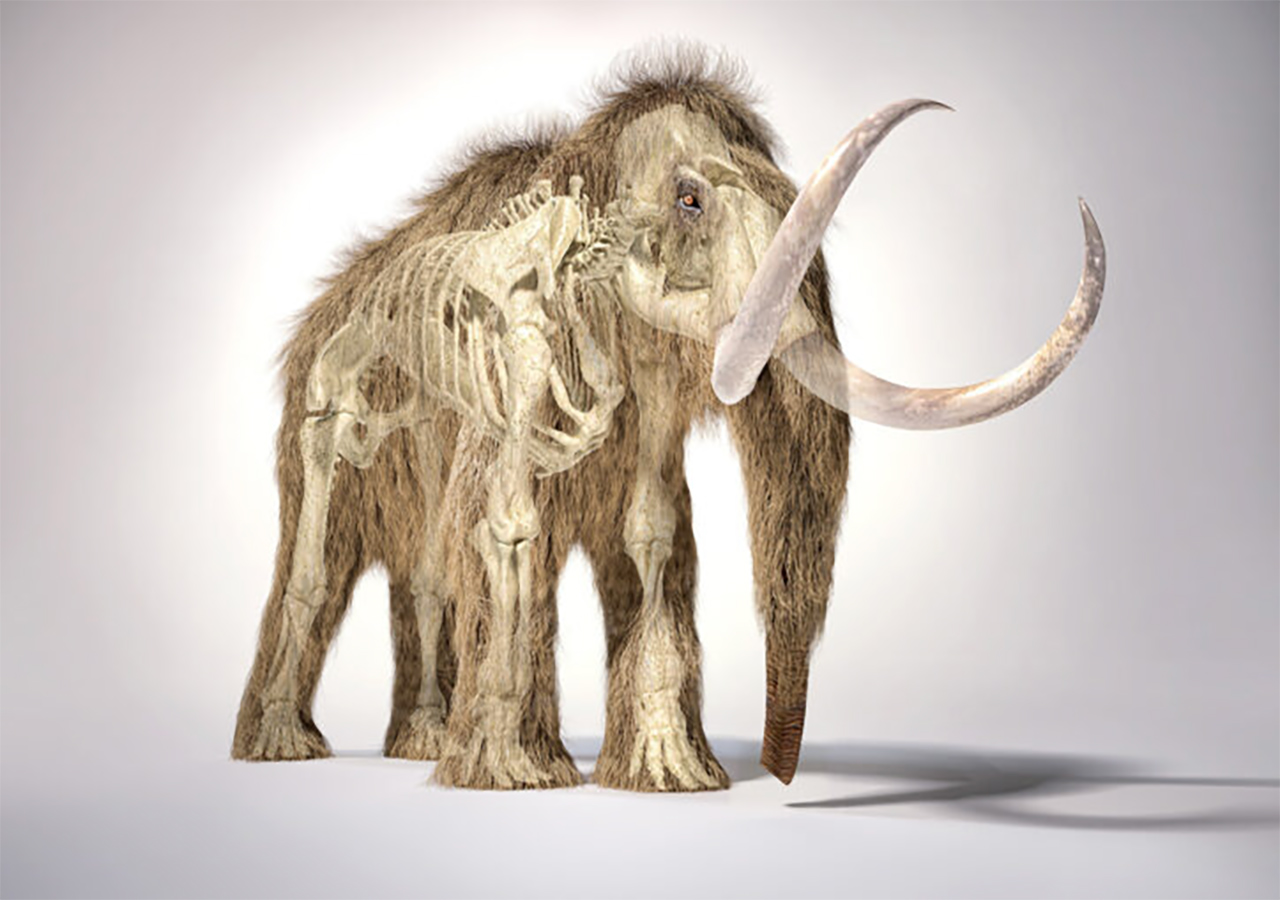
When you think of the Ice Age, you wonder how an animal can withstand such cold, the secret is hidden in their characteristics. Among their features adapted to survive in the cold steppes is, of course, woolen furs is coming.
Since fur would not be enough, mammoths also had fur under their fur. a four-centimeter layer of fat that acts like whale blubber There was. There was a reason for his long teeth. They survived by using their large teeth to dig out plants beneath the snow. The secret of your little ears This was to reduce heat loss and reduce the risk of freezing.
The first woolly mammoth skeleton dates back to 1799.
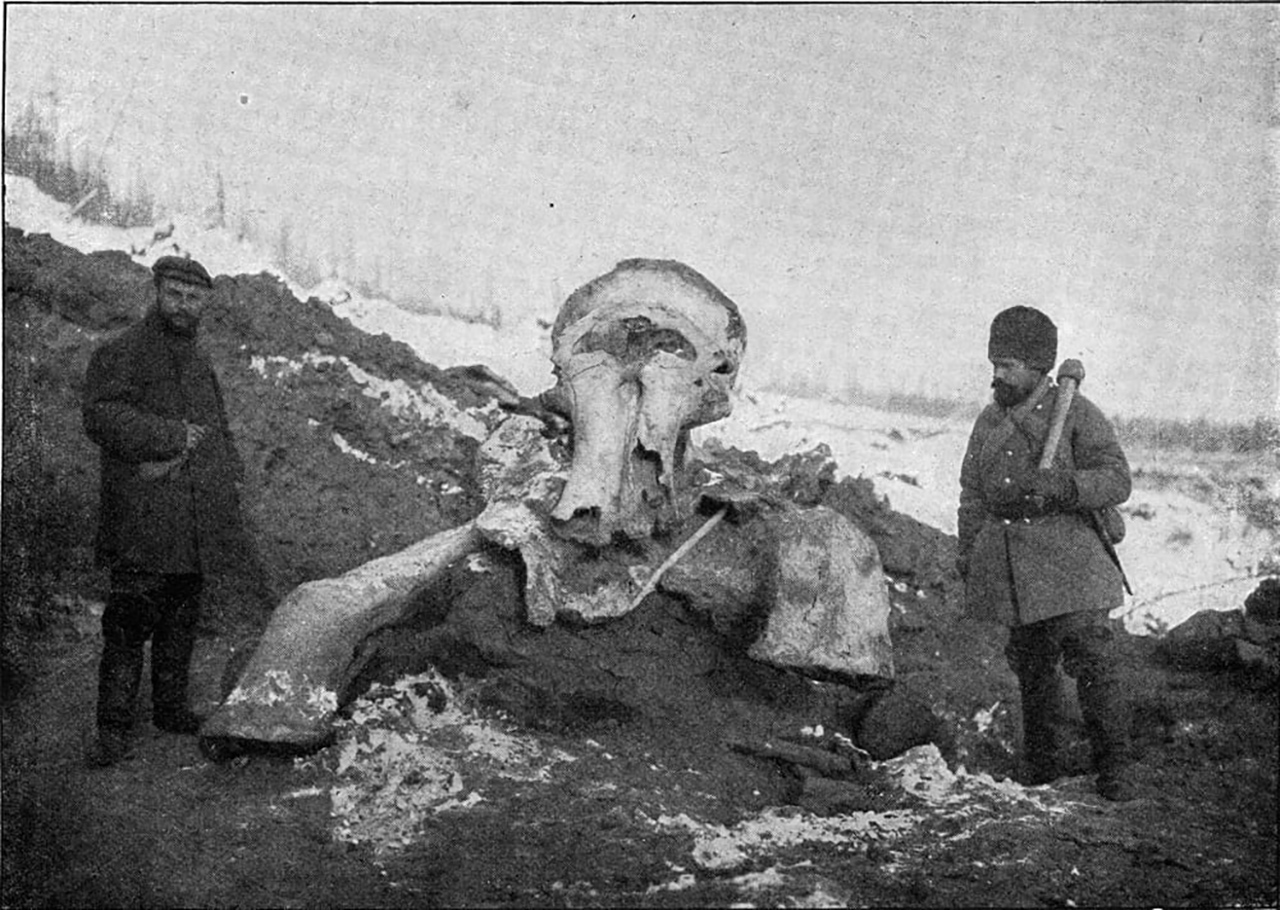
A Siberian hunter discovered a mammoth buried in permafrost on a river bank in 1799. The corpses were very well preserved and as a result of the scans, the mammoths were drowned in mud 40 thousand years ago It turned out that he was dead.
Skeleton of woolly mammoth It was brought together by the Zoological Institute of the Russian Academy of Sciences in 1806. The institution’s first animal skeleton assembly was on a mammoth, but there was only one mistake. As a result of the teeth being placed in the wrong places, the teeth were curled outwards instead of inwards.
Besides the scientists, there was also a child who found mammoth remains. Living in Russia in 2012 an 11 year old boyWhile walking his dog, he came across the remains of a woolly mammoth.
Of course, these are just examples. Different types of mammoth remains were also found in different time periods such as 1994, 2014, 2022. So much so that some Even his eyelashes were still there.
Woolly mammoths may come back.
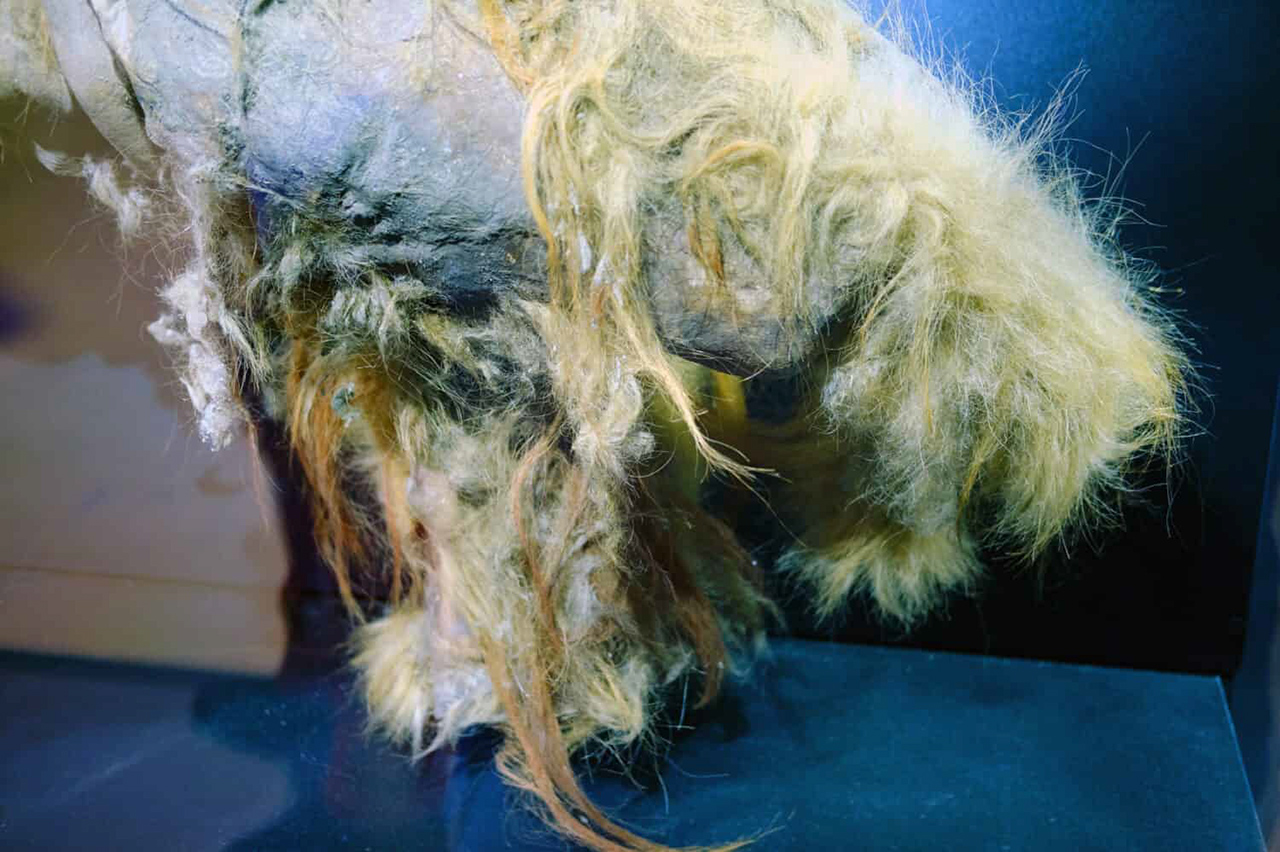
The fact that some of the mammoth corpses were well preserved helped scientists extract DNA. Theoretically speaking, this DNA is cloning woolly mammoths Can be used for.
Studies on this subject are a bit complicated. Some scientists believe that the current world that it would not be suitable for the habitats of mammoths says. Others say that if these animals are brought back, a new habitat could be created for them.
What is a mammoth We have brought together a lot of interesting information, from the question of what they eat to how long they live. Which one surprised you the most?
Our other interesting facts about animals:
RELATED NEWS
Don’t be fooled by their majestic appearance: 10 Facts about the Tibetan Mastiff, which has a lovely loyal friend inside.
RELATED NEWS
If We Want to Eat Fruit, We Need Bats: But Why?
RELATED NEWS
You Will Swallow Your Small Tongue When You Read How They Mating Works and How Long It Lasts: 11 Surprising Facts About Anacondas
RELATED NEWS
